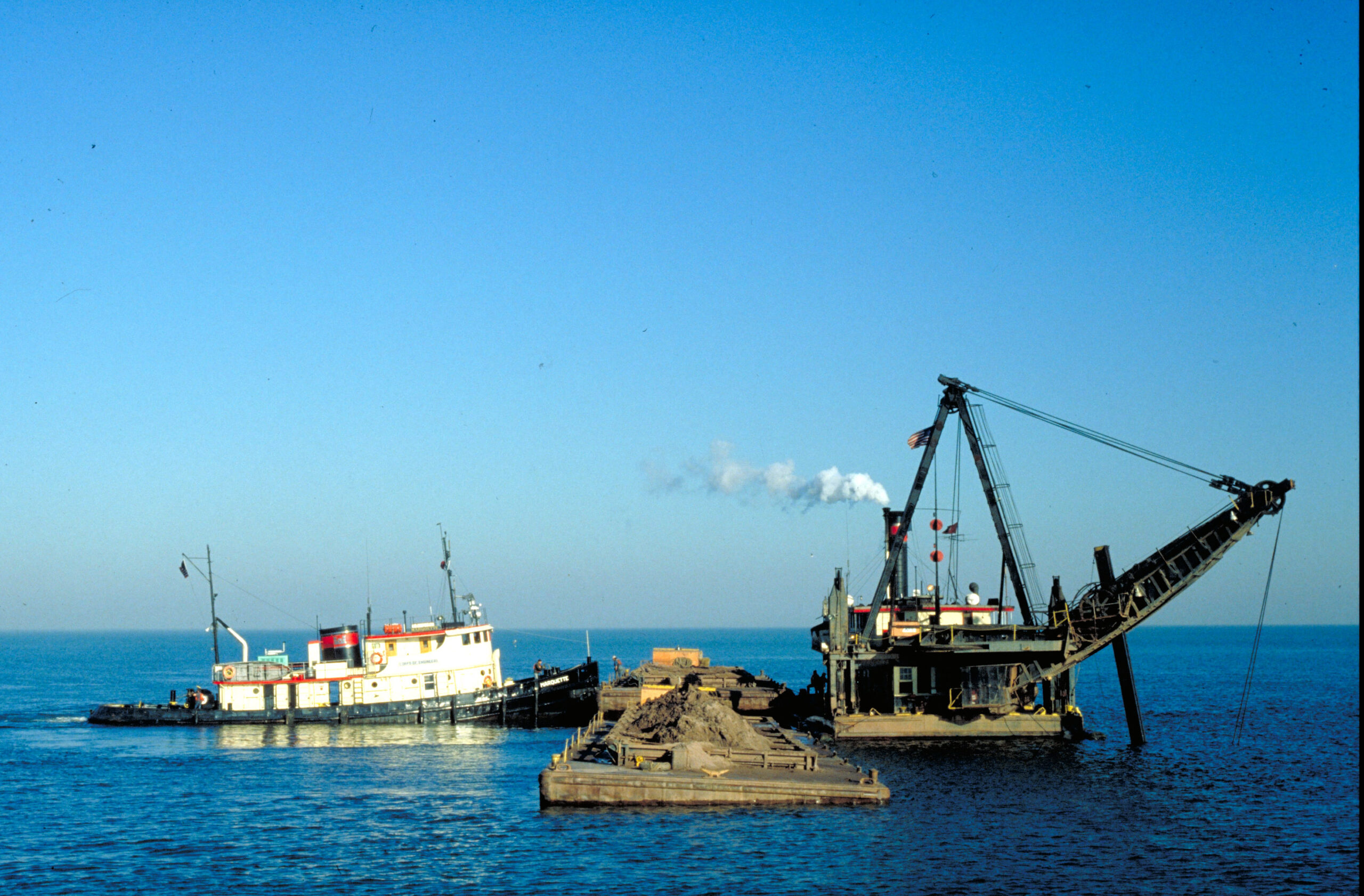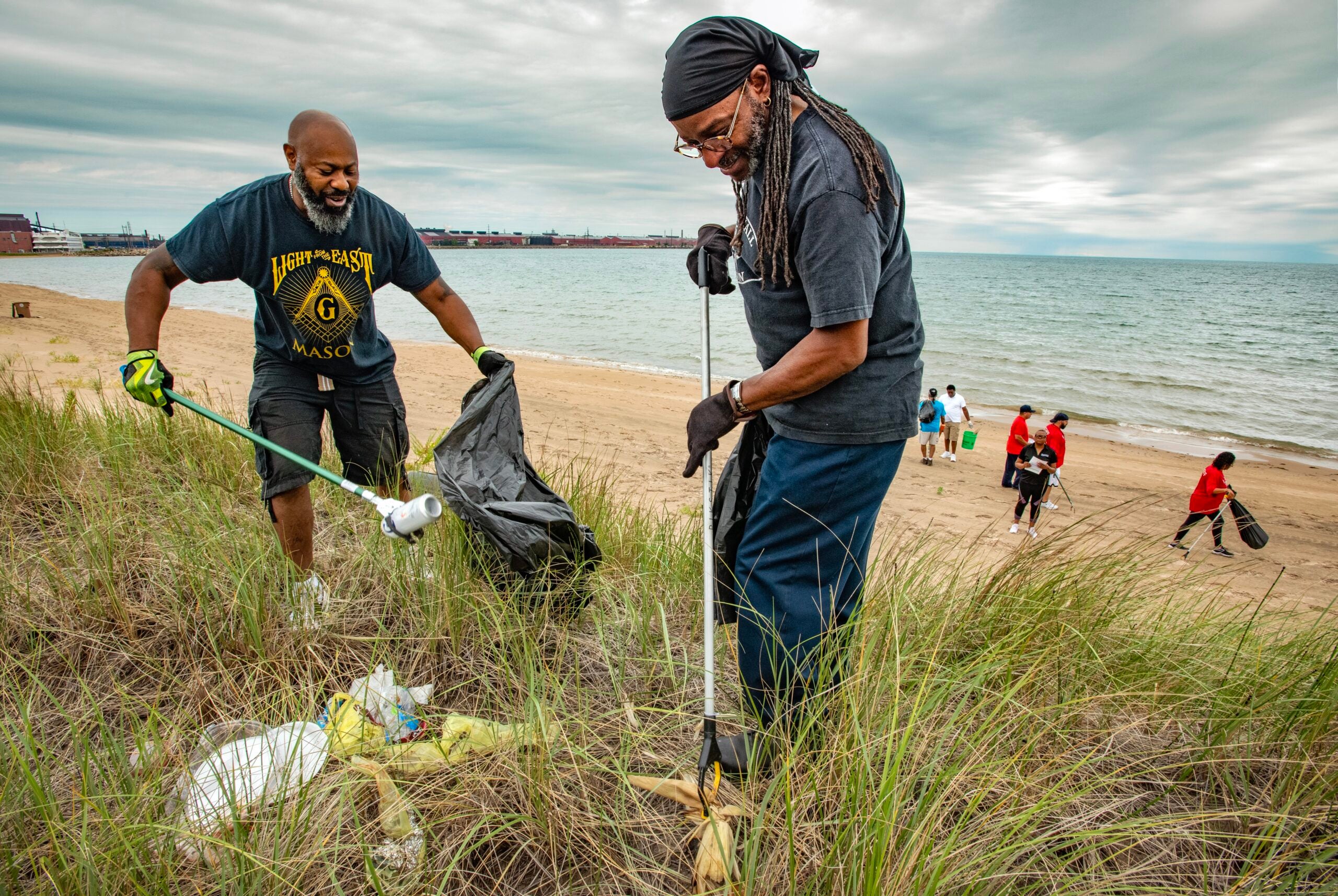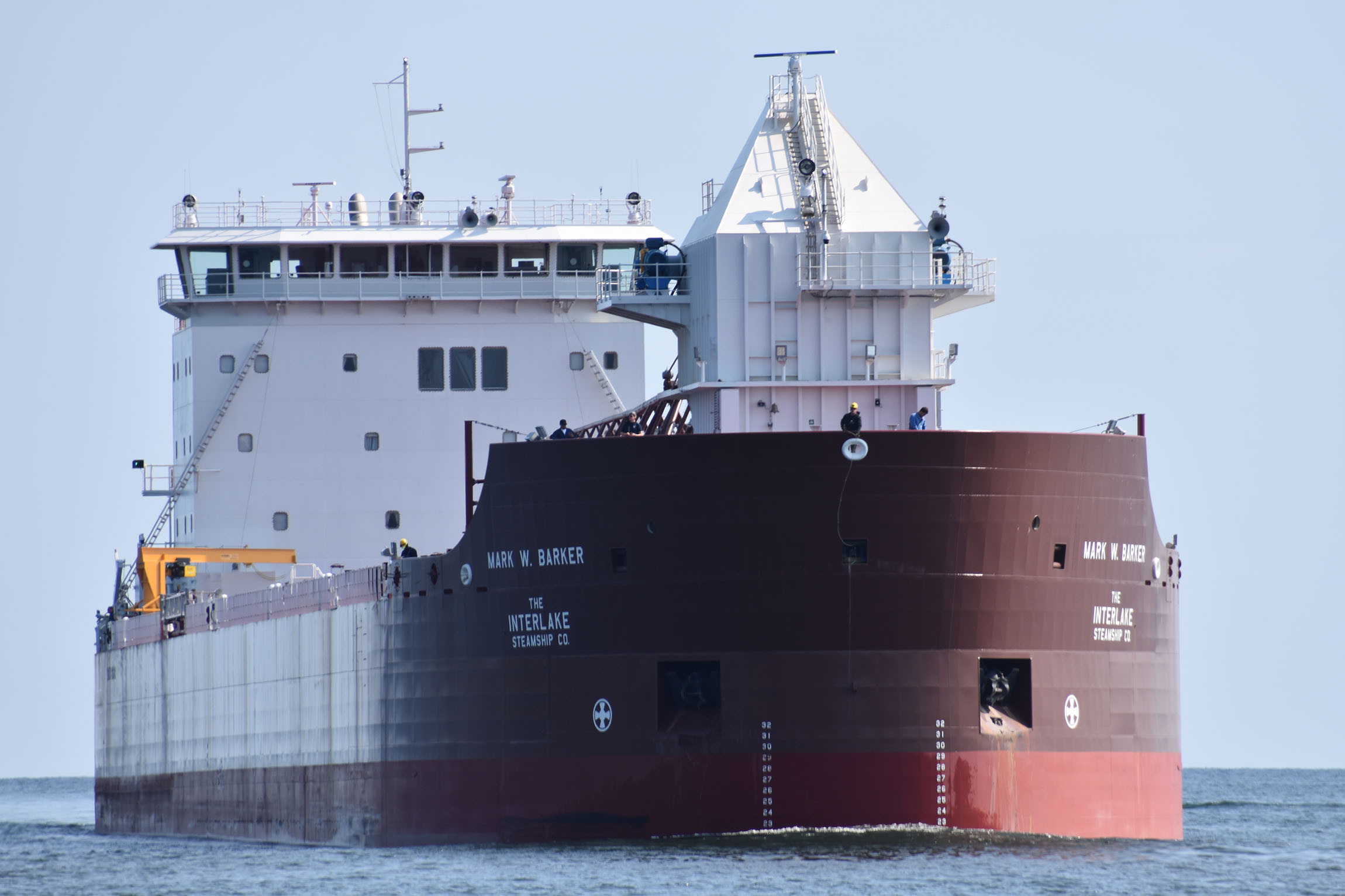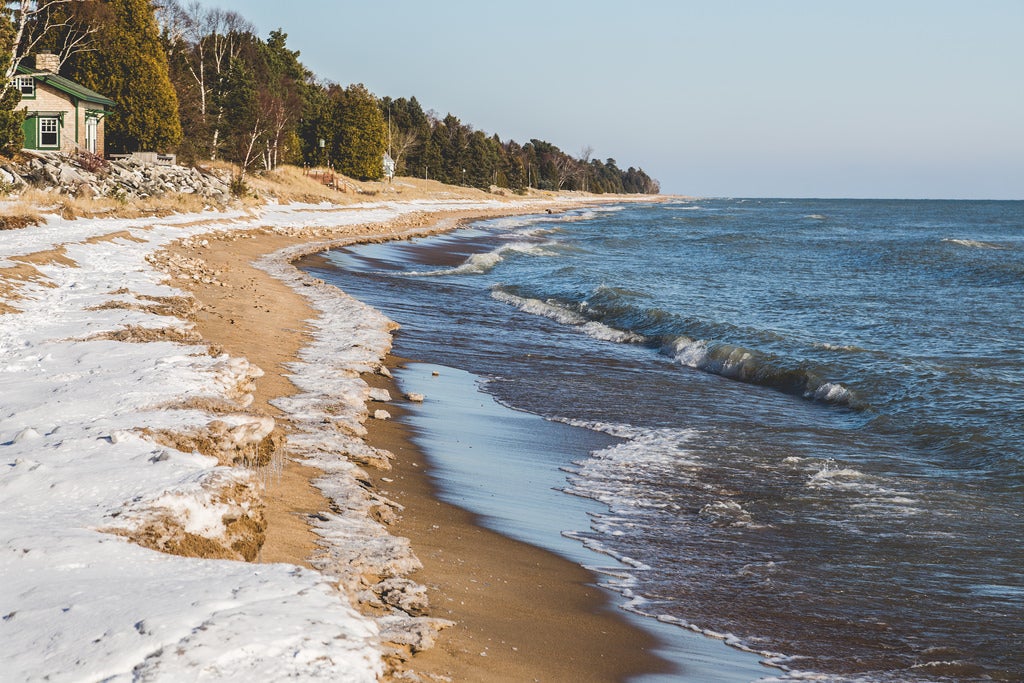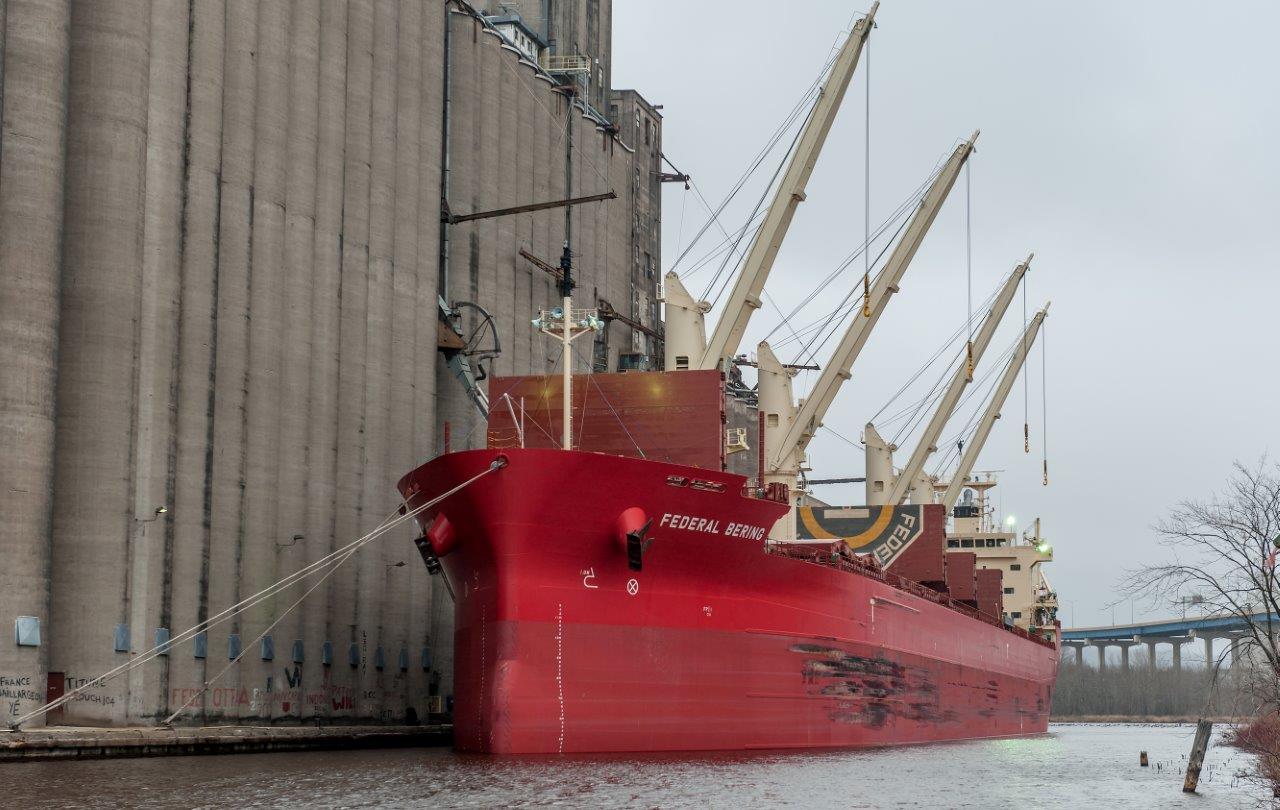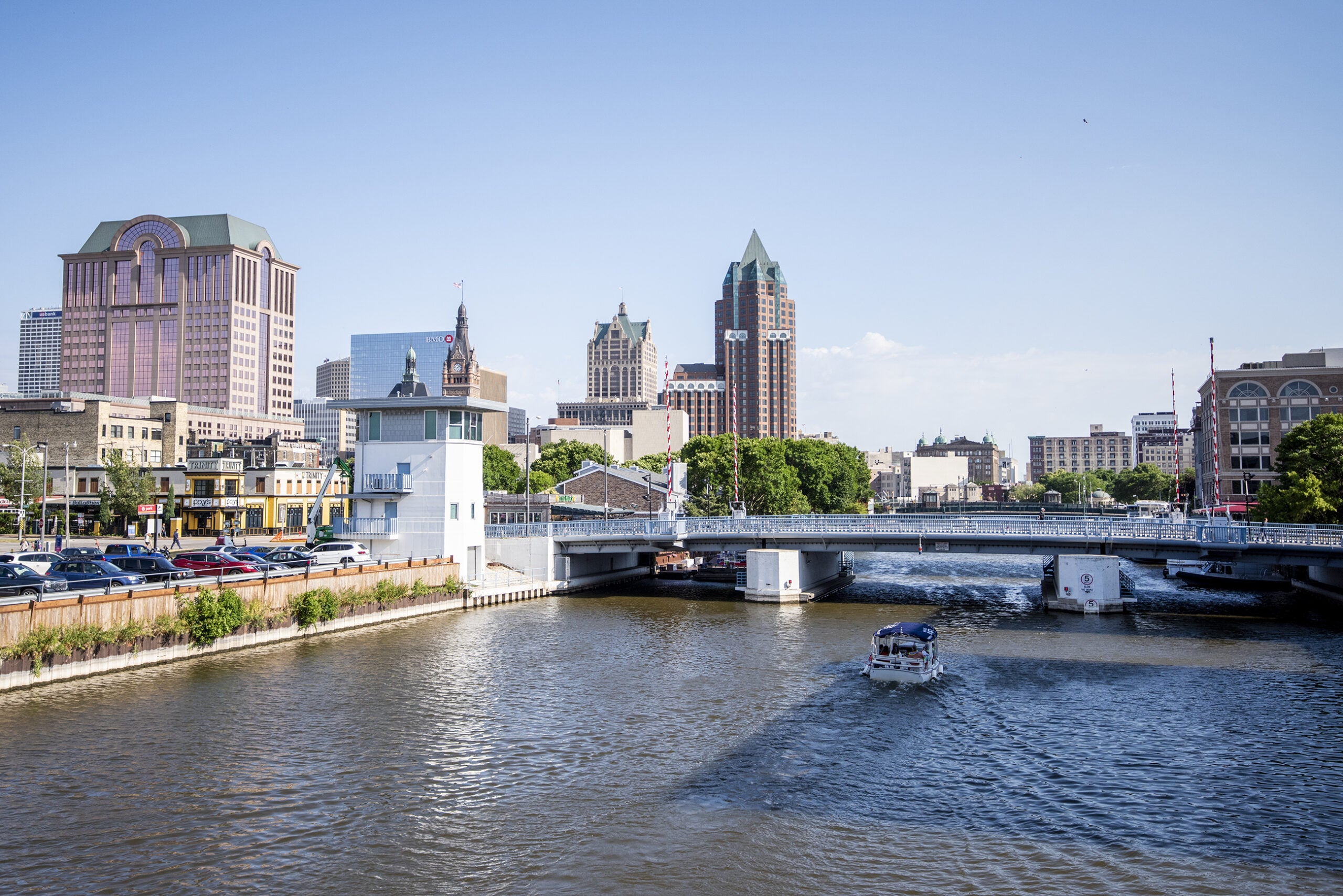A $200 million backlog in Great Lakes harbor and channel dredging would end with a bill that just passed the U.S. Senate.
There is a lot at stake economically when ships have to load light: carry less cargo, or risk running aground in the Great Lakes. Senator Tammy Baldwin (D-Wisc) says this bill will allow the Great Lakes to catch up on digging projects over the next six to seven years, putting the Great Lakes in better position to compete with the ocean ports.
“It’s an uneven playing field and we have made some headway in refocusing some of the funding to the Great Lakes region.”
Stay informed on the latest news
Sign up for WPR’s email newsletter.
Unlike small secondary ports, the Great Lakes larger ports have been able to get the dredging they need. But Duluth port director Adolph Ojard says the St. Mary’s River, which connects Lake Superior to the lower Great Lakes, needs work.
Ojard says this is a double whammy with record-low lake levels, and that this bill fixes that.
“Boy, I think it’s significant. What it further recognizes is in these low water conditions, those authorized depths would be reflective of lake levels. So we would hopefully return to historical drafts for our vessels even in some low water level conditions.”
Baldwin and Ojard are keeping their fingers crossed the bill it makes it through the U.S. House.
“It is just a great way to drive the economy. It’s money very well spent on transportation and infrastructure. I’m very pleased to see the Senate acted responsibly in dealing with this issue.”
The Water Resources Development Act also has money to prevent exotic species from entering the Great Lakes.
Wisconsin Public Radio, © Copyright 2024, Board of Regents of the University of Wisconsin System and Wisconsin Educational Communications Board.

